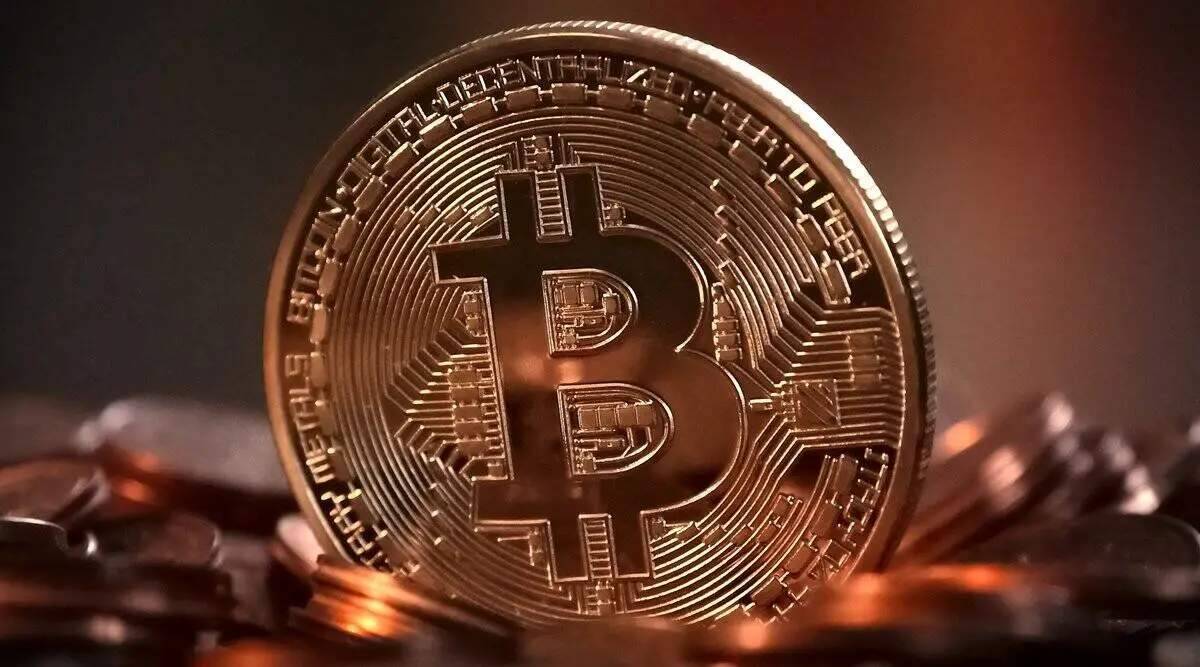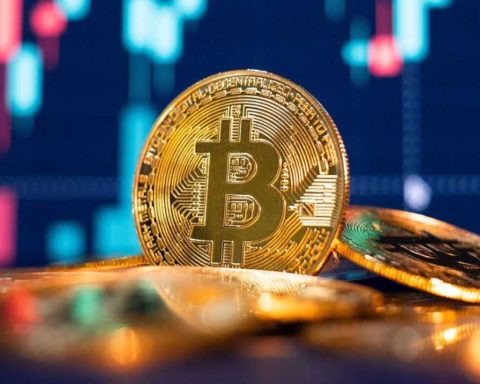In a long-awaited move, Mt. Gox, the infamous Bitcoin exchange that collapsed in 2014, has finally started repaying its creditors.
This resolution to one of crypto’s most notorious scandals is not just closing a chapter to one of Bitcoin’s darkest hours but is also actively shaping the asset’s market dynamics in real time.
On July 5, Nobuaki Kobayashi, the rehabilitation trustee for Mt. Gox, announced the commencement of debt repayments to creditors in Bitcoin and Bitcoin Cash.
The repayments are facilitated through a complex network of exchanges, with each entity playing a crucial role in distributing the funds.
The scale of the repayments is staggering. Approximately 47,288 BTC, valued at roughly $2.7 billion, has already been moved from Mt. Gox-associated wallets to new addresses.
This is just the beginning, with a total of around 140,000 BTC — worth $9 billion at current prices — set to be returned to the victims in the coming weeks.
The sheer magnitude of the transfers has put the entire crypto market on edge, with traders and investors closely monitoring every movement.
On paper, the repayment process seems to be quite a logistical feat, with five exchanges — Bitbank, SBI VC Trade, Bitstamp, Kraken, and BitGo — tasked with distributing the funds. Each exchange has its own timeline for processing the payouts, ranging from immediate distribution to a 90-day window.
Both Japanese exchanges — Bitbank and SBI VC Trade — have already completed their distributions, processing the payments within hours of receiving the funds.
This swift action relieved creditors but also contributed to the ongoing market volatility as some recipients quickly sold their newly acquired Bitcoin.
Bitstamp also pledged to expedite its distributions, with exchange officials stating that it is committed to compensating investors earlier than its given 60-day window.
The immediate impact on Bitcoin’s price was swift. As news of the repayments spread, Bitcoin plummeted from approximately $62,000 to as low as $53,600 on July 4 — a 10% drop in a matter of hours.
This sharp decline triggered a wave of liquidations across the crypto market, with over $425 million in leveraged positions being wiped out.
The volatility wasn’t limited to Bitcoin; the entire cryptocurrency market felt the tremors, with many altcoins experiencing double-digit percentage drops.
However, the market’s reaction wasn’t solely due to Mt. Gox. Coinciding with these repayments was news of the German government offloading hundreds of millions of dollars worth of Bitcoin seized from criminal activities.
On July 8, a German government-labeled crypto wallet sold around $900 million worth of Bitcoin, transferring roughly 16,309 BTC in multiple transactions to various external addresses, marking its largest single-day Bitcoin liquidation.
Some of the transfers were directed to crypto exchanges such as Bitstamp, Coinbase, and Kraken, as well as market makers such as Flow Traders and Cumberland DRW.
With the German government now around halfway through its selling spree, reducing its holdings to 23,788 BTC from 50,000 BTC, traders expect Bitcoin prices to stabilize and potentially climb again once the immediate selling pressure eases.
Founded in 2010 by Jed McCaleb and later sold to Mark Karpelès in 2011, Mt. Gox quickly became the world’s largest Bitcoin exchange, handling a staggering 70% of all global BTC transactions at its peak.
This dominance made it the go-to platform for early Bitcoin adopters and played a crucial role in establishing Bitcoin’s legitimacy in its formative years.
However, in February 2014, Mt. Gox suspended all Bitcoin withdrawals, citing technical issues.
The truth soon emerged that the exchange had lost approximately 850,000 BTC in a long-standing security breach.
READ MORE: Singapore High Court Orders Multichain to Compensate Fantom Foundation $2.187M for Hack Losses
This loss, valued at roughly $450 million at the time, would be worth over $48 billion at today’s prices.
The event sent shockwaves through the crypto community and severely damaged Bitcoin’s reputation, setting back mainstream adoption efforts by years.
Mt. Gox filed for bankruptcy, leaving thousands of customers in limbo.
In 2018, the case shifted to civil rehabilitation, offering a glimmer of hope to creditors.
In 2019, Karpeles was convicted of falsifying financial records, adding yet another layer to the complex legal saga.
The commencement of Mt. Gox repayments has injected a new level of volatility into an already dynamic crypto market.
However, as the dust settles, a more nuanced picture seems to be emerging.
For instance, Bitcoin has shown immense resilience since July 5, rebounding to around $59,000 after its initial plunge to $53,600.
The market’s ability to absorb such a large influx of supply speaks to the increased liquidity and maturity of the cryptocurrency ecosystem compared to its state during Mt. Gox’s collapse.
Some analysts believe that much of this selling pressure was already “priced in” before the event itself, thus explaining the relatively quick price recovery.
Furthermore, some large investors viewed the price dip as a buying opportunity, as evidenced by increased inflows into US-based spot Bitcoin exchange-traded funds (ETFs).
This institutional support has counterbalanced the selling pressure while simultaneously demonstrating BTC’s acceptance within the financial mainstream.
The broader crypto market also shows signs of decoupling from Bitcoin’s movements. Ether, for instance, has stayed above the $3,000 mark despite BTC market volatility.
To submit a crypto press release (PR), send an email to sales@cryptointelligence.co.uk.




